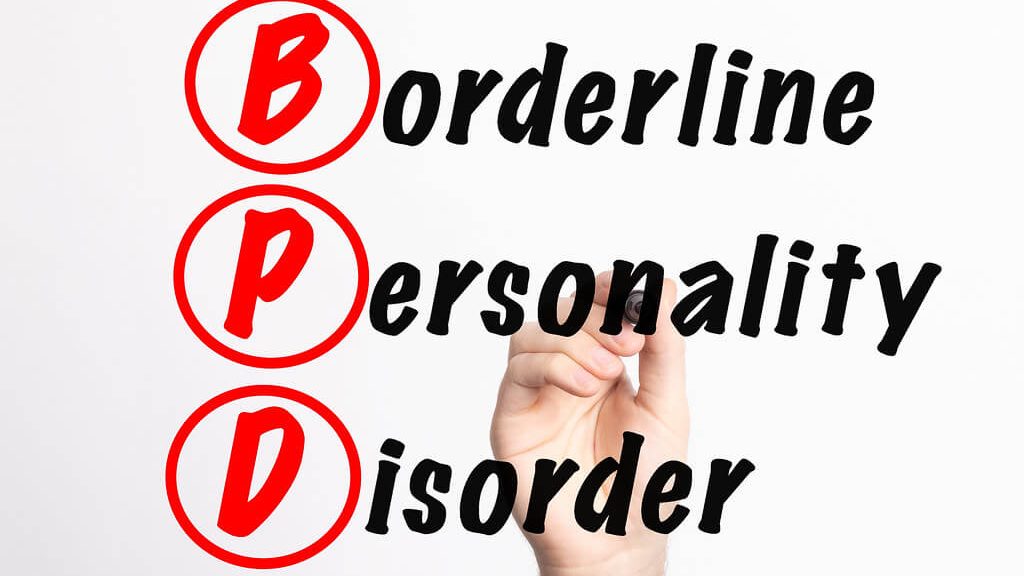
What Are the Symptoms of Borderline Personality Disorder?
Borderline personality disorder, also known as BPD, is a mental illness characterized by varying moods and behavior. People who have borderline personality disorder may experience extreme episodes of anxiety, depression, or anger that can last from hours to days. People with this disorder often have a hard time seeing themselves in a positive light, managing their emotions and reactions, and having healthy relationships.
BPD Symptoms
Some symptoms of BPD (Borderline Personality Disorder) Include:
· Attempts to avoid abandonment (they may cut off communication suddenly because they fear that the other person will leave them)
· Distorted self-image
· Unstable relationship with family and friends (may go from extreme closeness to extreme dislike with no warning)
· Impulsive behaviors, such as substance abuse, excess drinking, excess spending, binging, etc.
· Suicidal thoughts, threats, or attempts, or self-harm
· Feelings of emptiness
· Difficulty controlling anger and trusting people
· Feeling cut off from themselves or reality (dissociation)
· Periods of paranoia
Not every person who has borderline personality disorder will experience every single symptom and the extremity of the symptoms will vary from person to person.
BPD Risk Factors
There is no one clear reason as to why someone has a borderline personality disorder, but doctors believe that there are three main theories as to what causes someone to develop the disorder.
1. Family History
Someone with a family member that has borderline personality disorder has a higher risk of developing it. Close family members with the disorder, such as parents or siblings, increase the risk even more.
2. Brain Structure
Certain chemicals in the brain, such as serotonin, may not function correctly with someone who has a borderline personality disorder. Some studies have also shown that there are certain areas in the brain (like the areas that regulate emotion and impulsivity) that are changed in a person with the disorder.
3. Environmental Influences
Many people who have borderline personality disorder have experienced some form of trauma in their past which may make them more at risk for developing the condition. Such instances include abuse, hostile family relationships, or an unstable childhood.
BPD Treatments
In recent years, there have been more and more studies on treatment for people with a borderline personality disorder. Certain evidence-based treatments can lead to a better quality of life for patients, leading to lessened symptoms and less severe episodes.
Two types of psychotherapies, dialectical behavioral therapy (DBT) and cognitive-behavioral therapy (CBT) may help with the symptoms for someone with a borderline personality disorder. DBT focuses a lot on mindfulness and the current emotional state. This can help people better control their emotions and reduce their impulsive behaviors. CBT focuses on helping someone change their beliefs about themselves and their dangerous behaviors. This can lead to a decrease in mood swings, anxiety, and self-harm behaviors.
Some medications may be used in addition to therapy to help someone deal with the symptoms of borderline personality disorder. While there is no medication specifically for borderline personality disorder, some people with the disorder may be prescribed medications to help with lessening the symptoms of anxiety, depression, and mood swings.
Remember, if a friend or family member is having suicidal thoughts, call 911, and encourage them to seek professional help.
For more information on mental health, please visit the National Institute of Mental Health.